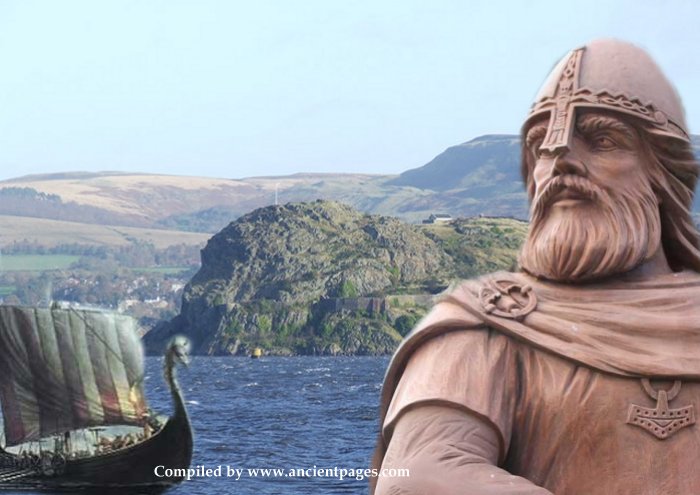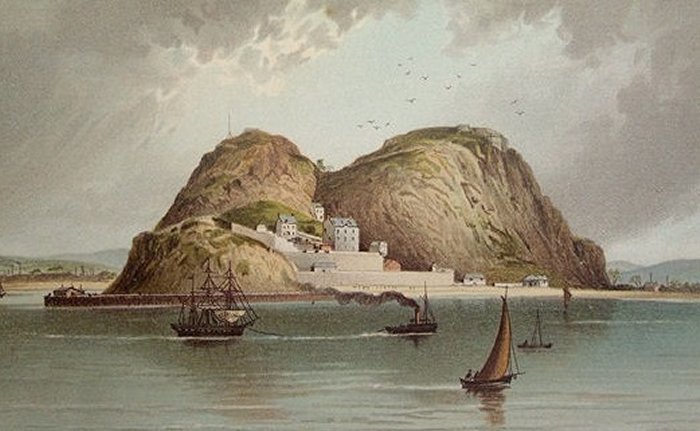Mystery Of Ivar The Boneless And Ímar – Remarkable Viking Puzzle Reveals Something Extraordinary
Ellen Lloyd - AncientPages.com - There are so many striking historical similarities between Ivar the Boneless and Ímar that some scholars suggest these two Vikings were the same person. If that is true, it's time to rewrite the history of Ivar the Boneless. Interestingly, Ímar vanished from the Irish historical records for unknown reasons at the same time Ivar the Boneless became active in England.
Could this fact possibly shed more light on the real identity of Viking Ímar? A closer examination of this historical Viking mystery reveals something extraordinary.
Viking Ímar (or Ívarr or Ivar) was the founder of the Uí Ímair dynasty, a Norse royal dynasty also known as the Dynasty of Ivar.
Being an influential Viking leader, Ímar ruled much of the Irish Sea region, the Norse Kingdom of Dublin, the western coast of Scotland, including the Hebrides, and some parts of Northern England, from the mid-9th century.
In the Fragmentary Annals of Ireland, it is written that Ímar was the son of Gofraid, King of Lochlann. We also learn from this text that Ímar had two brothers, Auisle and Amlaíb Conung. The Irish Annals also title the brothers Amlaíb, Ímar, and Auisle "kings of the foreigners" – not Irish kings but invaders.
Viking Halfdan Ragnarsson Was Brother Of Ivar the Boneless And Ímar
Turning our attention to Viking Ivar the Boneless, who we discussed in another article on Ancient Pages, we know that this enigmatic Viking was the leader of the Great Heathen Army, a coalition of Norse warriors originating from Denmark and Norway (and possibly also from Sweden). Some historians suggest Viking leader Halfdan Ragnarsson was also a brother of Ímar.
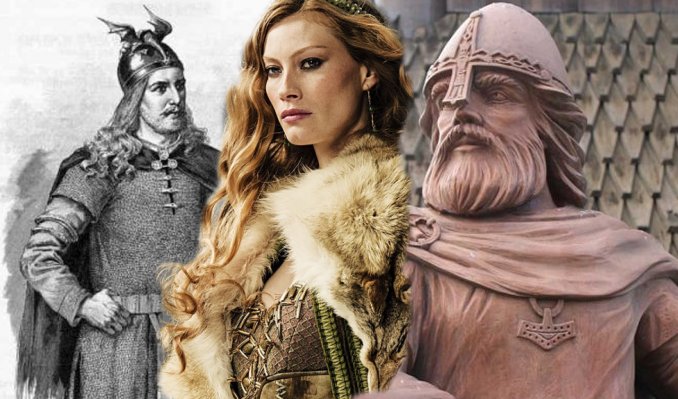
Ragnar Lodrok wanted to kill his son Ivar the Boneless against Aslaug's wishes. Read more:
They came together under a unified command.
Ivar the Boneless was the son of Ragnar Lodbrok, the fearless Sea King. Ragnar Lodrok considered himself to be a direct descendant of the god Odin and he was one of the most famous Norse heroes among the Vikings. His sons became just as renowned and heroic as he had been.
On one occasion, Lodbrok learned from a seer that he would have many famous sons. He became somewhat obsessed with this prophecy, which almost led to a tragic event when he tried to kill his son, Ivar the Boneless.
Ivar the Boneless survived his father's attempt to murder him and became one of the most famous Vikings in history.
From the Icelandic Sagas, we learn that Halfdan Ragnarsson, the brother of Ivar the Boneless. One reason to suspect that Ivar the Boneless was known in Ireland as Ímar!
Mysterious Disappearance Of Viking Ímar
During the late 850s and early 860s, Ímar became involved in a conflict with Máel Sechnaill, the Overking of the Southern Uí Néill and the most powerful ruler in Ireland.
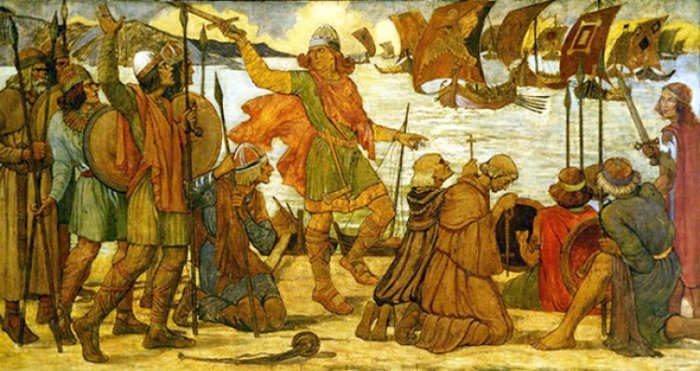 Artist's depiction of the landing of a Viking fleet at Dublin in 841 CE. Image credit: James Ward (1851-1924 - Public Domain
Artist's depiction of the landing of a Viking fleet at Dublin in 841 CE. Image credit: James Ward (1851-1924 - Public Domain
What really happened is unknown, but most likely, this was a struggle to gain control of Munster and its resources. In 862 AD, Máel Sechnaill died, and the conflict ended, dividing the lands of the dead Overking of the Southern Uí Néill.
Viking Ímar continued his battles and desired to expand the Norse kingdom. Then suddenly something strange happened. What happened, and where did he go? Ímar, the King of Dublin, vanished from the Irish historical records between 864 and 870 AD.
The story becomes even more interesting at this point because historical accounts state that in 865, Ivar the Boneless decided to invade England and launched the largest invasion of the British Isles in recorded history. His brothers Halfdan and Ubba and his colleague Olaf the White Ivar the Boneless sailed from Dublin and landed in East Anglia.
So, it's very likely that Ímar, Ivar the Boneless, sailed from Ireland to England, which is why he was not mentioned in Irish chronicles.
Dumbarton Rock. Illustration by T. Nelson (1892)
However, in the year 870 AD, Ímar reappeared in Irish records. According to the Irish annals, following a four-month-long siege, Ímar and Amlaíb captured Dumbarton Rock, the chief fortress of the kingdom of Strathclyde.
Both Vikings Ivar the Boneless and Ímar died in Ireland in 873 AD. Viking Ímar was given the title "King of the Norsemen of all Ireland and Britain" in contemporary annals.
Whose Descendants? Remarkable Viking Puzzle
Everything indicates Ivar the Boneless was known under a different name in Ireland. The similarities between these two Vikings are remarkable. They died the same year in the same country. They had a brother with the same name and made identical journeys, but unlike Ivar the Boneless, who historians suspect was impotent, Viking Ímar had descendants!
It means that there are two possibilities. Historians could be wrong in claiming that Ivar the Boneless was impotent, or, despite these similarities, we can assume that Ivar the Boneless and Ímar were two completely different persons who lived almost identical lives for some unknown reasons!
Updated on March 5, 2024
Written by - Ellen Lloyd – AncientPages.com
Copyright © AncientPages.com All rights reserved. This material may not be published, broadcast, rewritten or redistributed in whole or part without the express written permission of AncientPages.com
Expand for referencesMore From Ancient Pages
-
 Ancient Tomb Belonging To Princess Of Ancient Nomads Discovered In China
Archaeology | Dec 20, 2015
Ancient Tomb Belonging To Princess Of Ancient Nomads Discovered In China
Archaeology | Dec 20, 2015 -
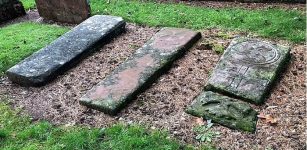 Forgotten Graves Of The Knights Templar In Staffordshire Discovered By A Historian?
Archaeology | Aug 19, 2023
Forgotten Graves Of The Knights Templar In Staffordshire Discovered By A Historian?
Archaeology | Aug 19, 2023 -
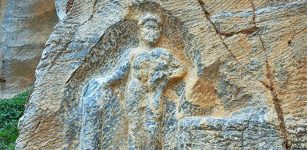 Ancient Relief Depicting Heracles With His Crook And A Seven-Headed Snake Should Be Protected
Archaeology | Dec 14, 2015
Ancient Relief Depicting Heracles With His Crook And A Seven-Headed Snake Should Be Protected
Archaeology | Dec 14, 2015 -
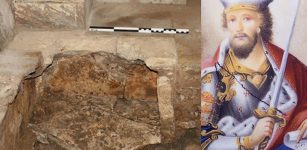 Location Of Burial Place Belonging To Alexander Nevsky’s Son And Grandson – Found
Archaeology | May 3, 2021
Location Of Burial Place Belonging To Alexander Nevsky’s Son And Grandson – Found
Archaeology | May 3, 2021 -
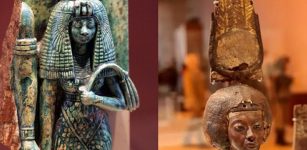 Life And Legacy Of Queen Tiye, Mother Of Akhenaten – Was She Egyptian Or Nubian?
Featured Stories | Jul 20, 2018
Life And Legacy Of Queen Tiye, Mother Of Akhenaten – Was She Egyptian Or Nubian?
Featured Stories | Jul 20, 2018 -
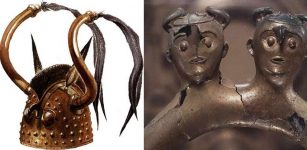 Mysterious Bronze Age Viksö Helmets With Horns Related To Myths, Holy Animals And Divine Power
Artifacts | Feb 27, 2018
Mysterious Bronze Age Viksö Helmets With Horns Related To Myths, Holy Animals And Divine Power
Artifacts | Feb 27, 2018 -
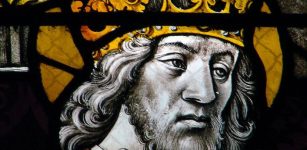 On This Day In History: Charlemagne King Of The Franks And Emperor Of The Holy Roman Empire Born – On April 2, 742
News | Apr 2, 2017
On This Day In History: Charlemagne King Of The Franks And Emperor Of The Holy Roman Empire Born – On April 2, 742
News | Apr 2, 2017 -
 Genes And Languages: Development Of Pre-Incan Culture In Central Andes
News | Oct 26, 2020
Genes And Languages: Development Of Pre-Incan Culture In Central Andes
News | Oct 26, 2020 -
 518-Million-Year-Old-Rocks Suggest Animal And Human Life May Have First Emerged In China – Scientists Say
News | Apr 19, 2022
518-Million-Year-Old-Rocks Suggest Animal And Human Life May Have First Emerged In China – Scientists Say
News | Apr 19, 2022 -
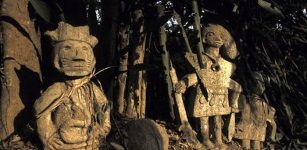 Mystery Of Sacred Groves Of Oshogbo And Its Remarkable Ancient Figures
Featured Stories | Nov 25, 2023
Mystery Of Sacred Groves Of Oshogbo And Its Remarkable Ancient Figures
Featured Stories | Nov 25, 2023 -
 3,400-Year-Old Cuneiform Tablet Excavated In Old City Of Alalah
Archaeology | Aug 23, 2020
3,400-Year-Old Cuneiform Tablet Excavated In Old City Of Alalah
Archaeology | Aug 23, 2020 -
 Yokai Amabie – Protective Ancient Spirit That Can Ward Off Epidemics
Featured Stories | Mar 30, 2020
Yokai Amabie – Protective Ancient Spirit That Can Ward Off Epidemics
Featured Stories | Mar 30, 2020 -
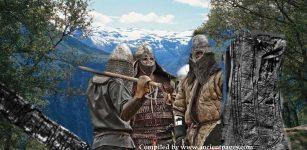 Bryggen Inscriptions Reveal Viking Runes Were Used As Modern SMS – Short Message Service In The Norse World Was Popular
Artifacts | Mar 5, 2018
Bryggen Inscriptions Reveal Viking Runes Were Used As Modern SMS – Short Message Service In The Norse World Was Popular
Artifacts | Mar 5, 2018 -
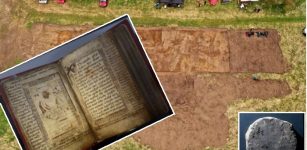 Archaeologists Discover Long-Lost Scottish Monastery Of Deer And Solve An Old Manuscript Mystery
Archaeology | Nov 21, 2023
Archaeologists Discover Long-Lost Scottish Monastery Of Deer And Solve An Old Manuscript Mystery
Archaeology | Nov 21, 2023 -
 Coyote – Native American Trickster, Creator, And Sacred Animal Who Can Deceive But Also Give Wisdom
Featured Stories | Apr 28, 2017
Coyote – Native American Trickster, Creator, And Sacred Animal Who Can Deceive But Also Give Wisdom
Featured Stories | Apr 28, 2017 -
 11 Ancient Submerged Canoes Found In Wisconsin’s Lake Mendota – Evidence Of A Lost Village?
Archaeology | May 27, 2024
11 Ancient Submerged Canoes Found In Wisconsin’s Lake Mendota – Evidence Of A Lost Village?
Archaeology | May 27, 2024 -
 The Hitra Man Lived In A Turbulent Time – Was He A Stone Age Warrior?
Archaeology | May 10, 2024
The Hitra Man Lived In A Turbulent Time – Was He A Stone Age Warrior?
Archaeology | May 10, 2024 -
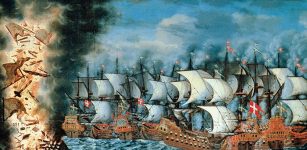 On This Day In History: Dramatic Battle Of Öland – On June 1, 1676
News | Jun 1, 2016
On This Day In History: Dramatic Battle Of Öland – On June 1, 1676
News | Jun 1, 2016 -
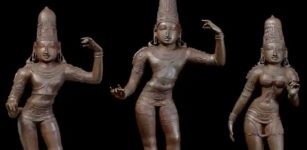 Stolen Antique Tamil Nadu Statues Have Been Returned By Britain To India
Artifacts | Sep 23, 2020
Stolen Antique Tamil Nadu Statues Have Been Returned By Britain To India
Artifacts | Sep 23, 2020 -
 Tricksters: Mischievous Troublemakers Making Attempts To Help And Hinder In Mythologies Of Ancient Cultures
Featured Stories | Oct 28, 2019
Tricksters: Mischievous Troublemakers Making Attempts To Help And Hinder In Mythologies Of Ancient Cultures
Featured Stories | Oct 28, 2019

